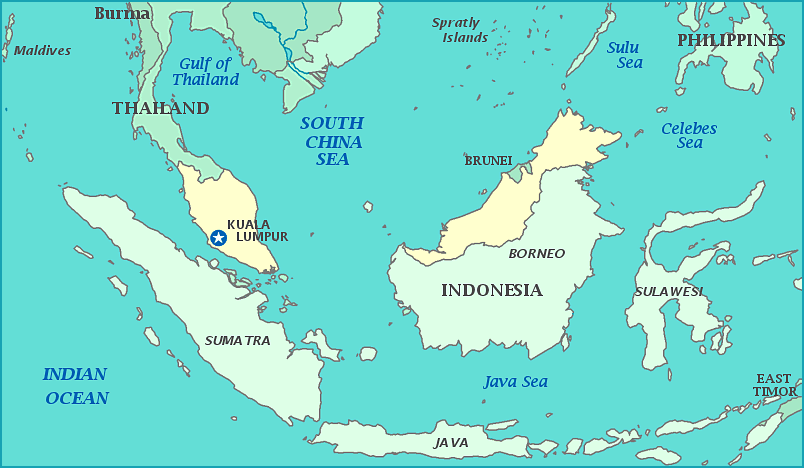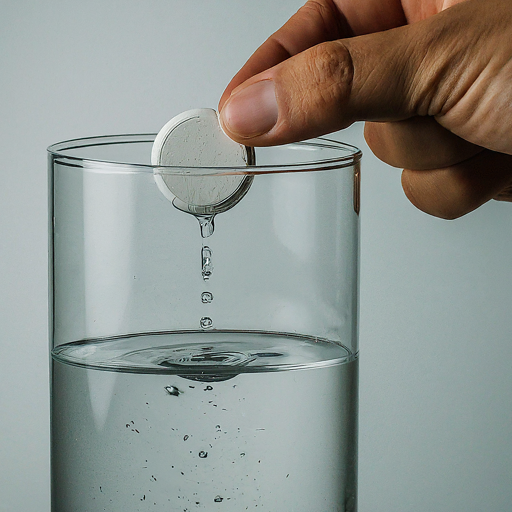What Does a Red Cone-Shaped Buoy Mark? When entering a canal from moving upstream or open sea, Red Cone-Shaped Buoy Marks are placed on both sides to indicate which side has authority. These cones have even numbers and markings, making them easy for boaters navigating by vessel size as well: large ships would need guidance near smaller ones since they span multiple lanes while still being visible at long distances away.
The red cone-shaped buoy marks the exit to keep out of the water on a lake. This safety device is located directly in front, starboard side from where you’re sitting at anchor or rowing; it warns boats that may be heading towards its edge not just with an acoustic alarm but also by sending up smokes if burning fuel has been set off due various reasons (i.e. fire). The green logo reminds us why we should always wear life jackets near any kindling – no matter how small. Know your tides and local winds.
Red buoys on the starboard side
The red buoy on your starboard side indicates that you are heading upstream. It’s a good place to relax and take a break while traveling in the harbor or near landmasses, as it will help guide correct any course adjustments necessary for when visibility starts becoming limited due to storms coming up behind us! The green buoy is also useful because its position next to our ship tells us which direction to turn downstream. Buoys come in different colors and shapes. The even-numbered buoys are havens for boats with a light, such as a trolling motor or fishing line; the odd numbers house more active vessels like powerboats with engines because they can signal for help when lost at sea.
The red “ Nun” buoys are a handy way to keep track of which side your boat is on when you have more than one. They’re also easy for other people in the water with various-sized vessels because they stand out against whatever background situation might be present at any given time. Green “Can” buoys are the opposite of red, and both have a light on them. They’re here to help you stay in your lane, so follow these guys closely! While their colors might differ – there’s no difference besides function- they all work together for one thing: keeping us safe on our journeys through life by ensuring we don’t veer too far off course.
It is important to remember the different colors of markers along a waterway. When approaching an area with channels or canals, always keep your red buoy on the starboard side and away from other boats so that you do not create waves by hitting their portside vessels. In addition, when returning home after traveling long distances through open seas- place buoys again according to opposite directions. This rule also applies when navigating an ocean; if it’s unfamiliar colors for this buoyancy device, then say “red Right returning.”
The green and red buoys show the channel in which you are there. The more commonly used channels, like those with the cone-shaped signal buoy or number one on them, will be preferred over secondary ones that only have this type of design at their end; however, there is no hard rule for picking sides here, so choose whichever looks best. The red buoys are higher than those on your starboard side, so they will be more easily seen if you’re going upstream.
Red Cone-Shaped Buoy Mark on the right side
Keep an eye out for these red buoys when you’re boating upstream. They’ll help guide your way and ensure that nothing gets in the way of progress. When you want to get out of a channel, it can be helpful if the color of your boat is visible. The top edge will tell which direction to take and how fast that should go, so there’s no confusion about what everyone else is doing. Some important things to remember are:
Red markers indicate the direction of flow. When you’re facing upstream, green is on your left, and red ones will be seen right ahead of them – these two colors double as warning signs for when to turn around or prepare accordingly because there may not be any other boat traffic nearby. Watch out for these markers when cruising through the channels as they indicate when a new one starts. It would also help if your lookout mentioned whether or not there were any buoys with odd numbers lit up – those tend to be areas where lights are found at night.
You should remember this when we get back in our boat because the color codes tell us which side is “upside down.” When in doubt, follow the river. If you’re headed upstream and find yourself on your right side with red buoys in front of you, then it’s time to turn around because there is no turning back.
It’s essential to pay attention and follow them in order for safe passage through this terrain. The depth of water you sail through should be checked before going upstream. Make sure to keep an eye on the buoys and stay above them.
Red buoys must always be kept in mind when you’re out on the river. These indicators show were to make a turn- keeping them right side up will ensure your safety while underway. When you’re heading out to sea, the buoys mustn’t escape your attention. The color and shape will help guide them back if something happens, so stay watchful.
Green buoys on the port side
When leaving port, it is important to keep green buoys on your starboard side and red ones nearest you. These markers indicate even-numbered channels with a Red Cone-Shaped Buoy Mark boat in the rightmost position for safe navigation – this means that we are traveling through primary waterways, which can become dangerous if not correctly marked out by these signposts.
When navigating open water, a Red Cone-Shaped Buoy Mark is your best friend. It will help guide you and indicate when it’s time for the next channel transition or river mile marker (which we’ll get into later). If there are other colors of these shapes, like green or yellow, alongside them, with either one symbolizing left/right respectively, use those markings to determine which side the boat faces upstream during navigation through rivers.
When you’re navigating the waters of a river, it can be hard to know which side you are on. That’s why we use buoys! Red and green markers indicate which channel is correct for passing by – if one or both are present in an area, then definitely choose that color depending upon where traffic may not want to pass through first (i e, upstream).
When you’re boating, it is important to be aware of your surroundings and keep an eye out for any navigation buoys. The colors green (for upstream) or red(downstream), signal which side they lie on when passed by because each has its own unique symbol-a star above them that tells us what direction we should head in next.
The two different colored buoys are meant to help ships stay in their proper position. Red means starboard and green ports, so keep an eye out for these when navigating through waters. It would help if you also kept a green buoy on your port side and a Red Cone-Shaped Buoy Mark one for when you find them. Could you make sure they are close together?
Anchorage buoys are used to mark the outer limits of an area that you’re interested in. They come with markings so people can navigate safely, but if there’s nothing else around, then make sure your charts have also been drawn up for this purpose.
Green buoys on the regulatory side
When you’re out in the water, it’s important to pay attention and watch for any red buoys that may be around. These are signs of bad weather or dangerous conditions like rough seas, so ensure your boat is stable before heading off.
Red Buoys mark hazards on the water, such as rocks and other hard surfaces. A red reflector will often Directly threaten your safety if you hit one. To help keep other boaters safe, there are orange buoys that warn signaled danger. They also mark off areas where boats shouldn’t go, like swimming beaches and dams.






















